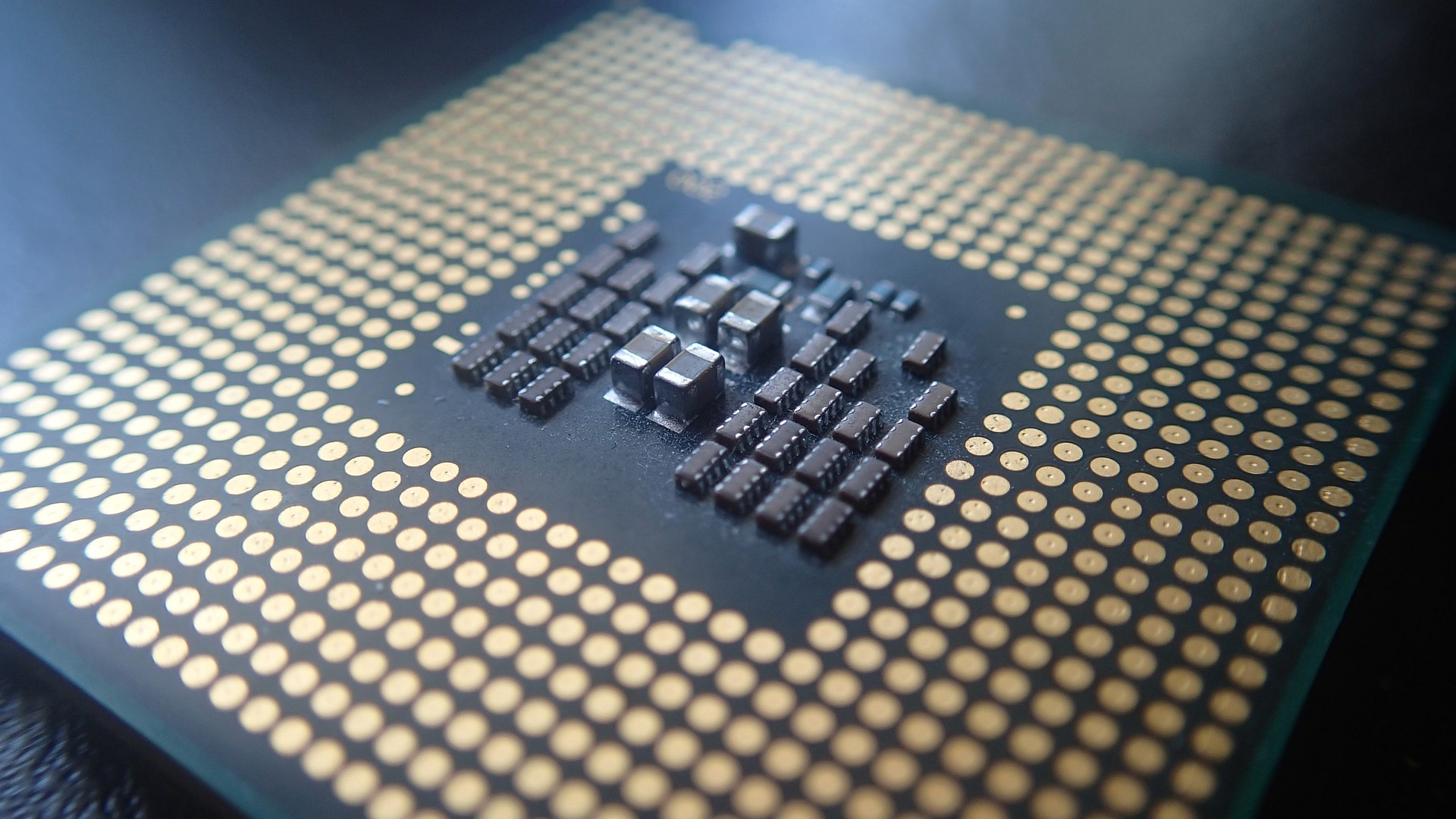Unmasking the Potential of E-Ink Technology: The Future of Low Energy Displays
Introduction: Welcome to the fascinating world of E-Ink technology, where the future of low energy displays is being rewritten. Join us as we delve into its origins, explore its latest advancements, and speculate on its potential impact on the market.

Tracing the Origins of E-Ink
E-Ink, short for electronic ink, is a type of low-energy display technology that mimics the appearance of ink on paper. Unlike traditional LCD or OLED displays, E-Ink screens do not require backlighting, thus significantly reducing power consumption. The technology was first developed in the late 1990s by a group of researchers at MIT’s Media Lab, who were inspired by the idea of creating a paper-like display that was comfortable to read and energy efficient.
The Modern E-Ink Landscape
Fast forward to today, and E-Ink technology has come a long way. It has found a niche in devices such as e-readers, electronic shelf labels, and digital signage, where its low power consumption and readability in bright sunlight give it a distinct advantage. In recent news, E-Ink announced the successful development of a new color e-paper display called PrintColor, which can display up to 32,000 colors while maintaining the energy efficiency and readability of traditional E-Ink displays.
The Market Potential of E-Ink Displays
In terms of market impact, E-Ink displays hold significant potential. The global E-Paper display market is expected to reach a value of $6.33 billion by 2026, according to a report by Market Research Future. This growth is driven by increasing adoption in various sectors such as retail, transportation, and education. On the pricing front, E-Ink displays tend to be more expensive than their LCD counterparts, but the cost is offset by the extended battery life they offer.
The Future of E-Ink Technology
Looking ahead, E-Ink technology is set to evolve in intriguing ways. One area of potential development is in flexible and foldable displays, which could open up new possibilities for device design. Another exciting prospect is the integration of E-Ink displays with IoT devices, creating potential for smart surfaces in homes and offices.
E-Ink and the Future of Display Technology
In conclusion, E-Ink technology represents a fascinating and promising branch of display technology. Its low energy consumption, coupled with its readability and potential for color and flexibility, make it a technology to watch. As the digital world continues to evolve and push boundaries, it’s exciting to think about how E-Ink could shape the future of our screens and the way we interact with technology.




